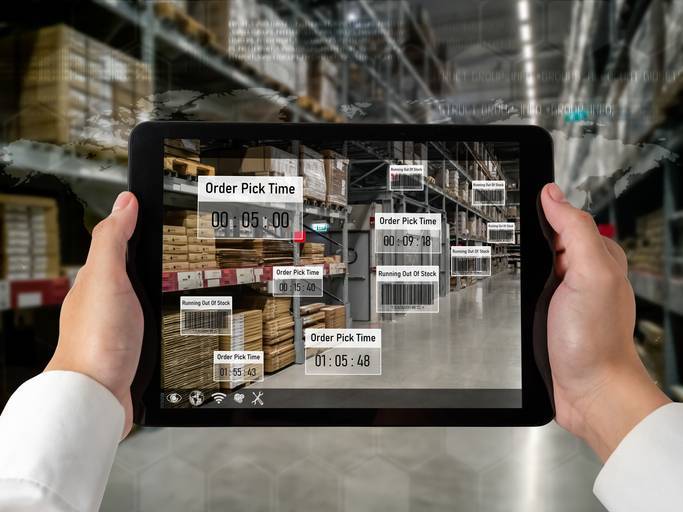Warehouse Management Software.
Boost efficiency and reduce cost in your warehouse.
Warehouse Management Systems (WMS) are essential tools for streamlining and optimizing warehouse operations. These systems integrate key functions such as inventory management, order fulfillment, and shipping, providing a seamless approach to tracking and controlling warehouse processes. A WMS enables real-time visibility into stock levels, improves accuracy, enhances productivity, and reduces operational costs by automating tasks such as inventory tracking, picking, packing, and shipping.
When working with Ultra Consultants, our goal is to simplify the selection and implementation of a Warehouse Management System (WMS), ensuring you achieve greater operational efficiency, improved resource utilization, and cost savings across your warehouse operations.












